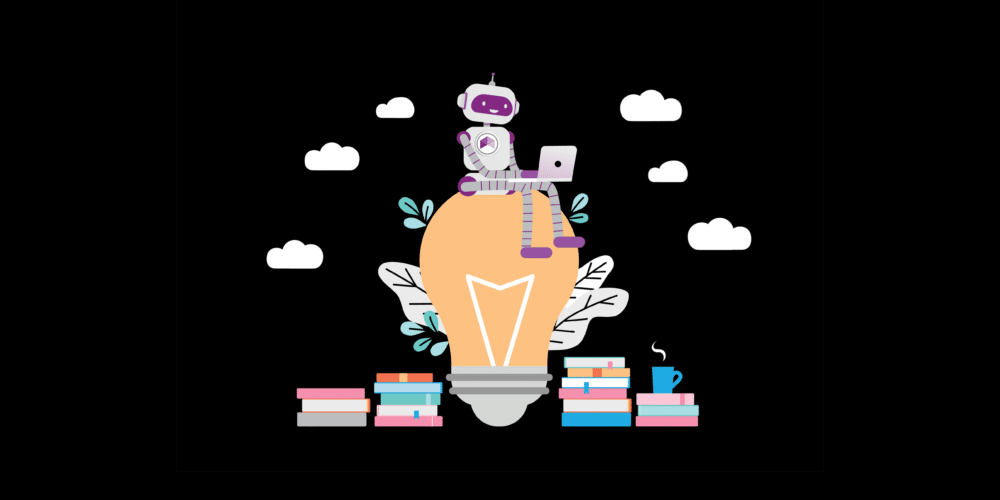This article originally appeared in The Tennessean.
In my last column I brought up the question that many companies have been asking themselves the past few months:
“Are we ready for AI?”
For the most part, the bigger players asked this question a few years ago. Large enterprises with big budgets have been the vast majority of the early adopters. Using AI for everything from customer service, to sales, to recruiting—the big kids have been off to the AI races.
But for the rest of us, the small and medium-sized companies of the world, the AI revolution is just starting. Many of us are not only asking if we’re ready for AI but are also wondering specifically about how to get started.
How much will it cost? Will my competitors pass us up? How do we get started?
Every company is different, but the process to becoming an AI-enabled business is similar for all of us.
As I mentioned in my last column, the first step is to do an “AI Assessment.”
The goal is to proactively identify your company’s challenges and opportunities and then figure out if AI can address them. There are common themes on where AI can help, but the list itself is unique to every company. Factors around industry, budget, long-term goals, and company culture must all be taken into consideration.
Once you have your list of challenges and opportunities that AI-based products can potentially solve, the fun part begins.
It’s time to deep dive into all the AI tools available and decide which one’s deliver the most “bang for the buck” for your company’s needs. The end result will be your “AI Tech Stack.”
Here are some examples of just a few of the tools that make up our company’s AI Tech Stack:
- Sales: We decided to use HubSpot ChatSpot (an AI-based chatbot for our website) and Apollo.ai to automate part of our email marketing.
- Accounting: We are taking hard look at Booke.ai, an AI-based accounting tool that automates and streamlines common finance tasks like accounts payable and bank reconciliation. We plan to test this more to decide if it’s the right fit for our needs.
- Marketing: We have already been using various AI tools to help us manage our social media accounts. But we decided to try MarketMuse, which is an AI tool that helps us analyze and perfect the specific content we generate.
- Productivity: We have been using ChatGPT to save time on common tasks like building PowerPoint presentations or generating agendas for meetings. This has worked well, but we plan to add Microsoft Copilot as it improves, which could save us time using Microsoft Word, Excel, and Outlook.
Once you have your AI Tech Stack in place, the final piece of the puzzle is what we call our “AI Roadmap.”
The AI Roadmap is simply a plan of attack to implement the AI tech stack. It covers prioritizing, timing, and the project planning needed to deploy each tool into your organization’s work.
So, there you have it.
The path to AI is to assess your needs, determine the AI tools that will meet those needs, and then put together a plan of how to deploy them.
Are we ready for AI? It’s an important question that every business leader should be asking themselves. If the answer is no, it’s time to dive in.
JJ Rosen is the founder of Atiba, a custom software development firm and Nashville IT support company. Visit Atiba.com for more info.
